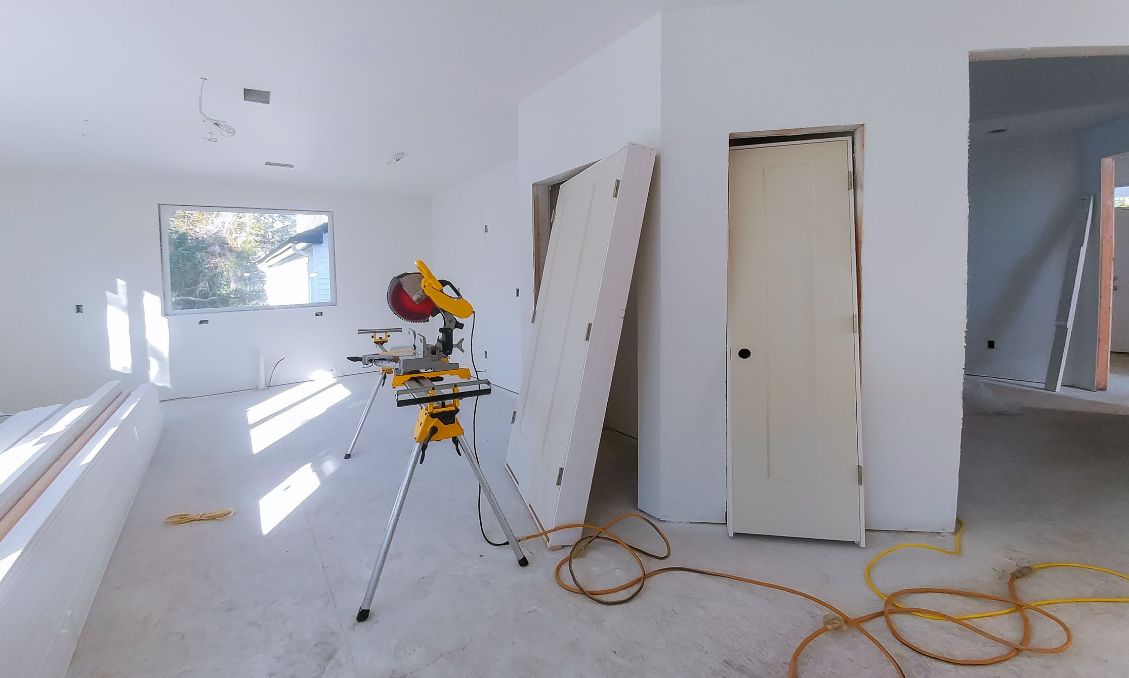Reblocking or restumping is the process of replacing rotten or damaged house stumps with new stumps. It is typically done when the existing stumps have deteriorated due to a number of factors which will be discussed later in this blog post.
Throughout our discussion in this article, we will talk about restumping and tell you the signs you should look into when you need a restumping project.
What is Restumping?
Restumping is the process of replacing your old, rotted, or termite-infested stumps with new, stronger ones. The process ensures your foundation is back in full strength to support your building structure which is critical for your family’s safety and property durability.
How do I know when to Restump?
The best way to know when to restump is whether or not you have failing stumps and they are affecting the structure of your home. Here are some of the signs are symptoms to look for:
Cracks in your walls or floors
This indicates that the stumps have shifted and are no longer aligned properly. This can cause severe structural damage to your house if not addressed immediately.
Doors and windows that are difficult to open or close
This is another sign when the stumps have shifted and are not in line with the rest. This can cause gaps in your doors and windows, making it easier for pests and drafts to get inside.
Floors no longer level or feel bouncy
Noticed your floors don’t seem level? Feel like the floorboards bounce when you’re walking through the hallway? These are the signs that your subfloor structure is failing and the stumps no longer provide adequate structural support.
If you discover all or most of these symptoms, it’s likely that you will need restumping.Though it seems easy, it’s not recommended to DIY restumping your house, which can result in serious issues.
You also might be curious about the price of restumping. Check our how much does it cost to restump a house article to know the details.
Types of building foundations and footings
There are several types of foundations and footings, including –
Slab on Ground
These concrete blocks need to be placed directly into dug holes in the ground.
Suspended Floors
Stumps or piers are set on the ground to support the suspended floor, and that’s how the floor is suspended over the ground level.
Strip footings
These are concrete slabs placed under a house’s wall to support the footing.
Pad footings
It’s as same as strip footing, and the only difference is – it is used to support isolated piers of columns.
Stumps
Stumps are usually concrete posts that are used to support footing.
Piles
Piles are long, thin pieces of wood, concrete, or metal that are driven into the ground.
Piers
Piers are vertical concrete columns that help to support the beams of a house.
Why do house stumps fail?
House stumps fail commonly due to age, rot and soil movement. Here we will discuss why the different stump materials fail.
Why timber stumps fail
Several reasons a timber stump may collapse include age, rot, termites, moisture damage, flooding, insects, and soil displacement.
Why concrete stumps fail
If the steel in the stump is exposed to moisture and air, it can corrode and cause concrete stumps to fail.
Why steel stumps fail
Rust is the most common reason for steel stumps to fail. Galvanizing steel can effectively prevent rust.
Restumping is an important process that ensures your family’s and property’s safety. So don’t hesitate to reach out to help if you think you need it. If you’re wondering whether or not your house needs to be restumped, look for the signs mentioned in this article. If you see any of these symptoms, it’s best to contact a professional contractor who can assess the damage and provide a solution. You can possibly get a free quote from them.

